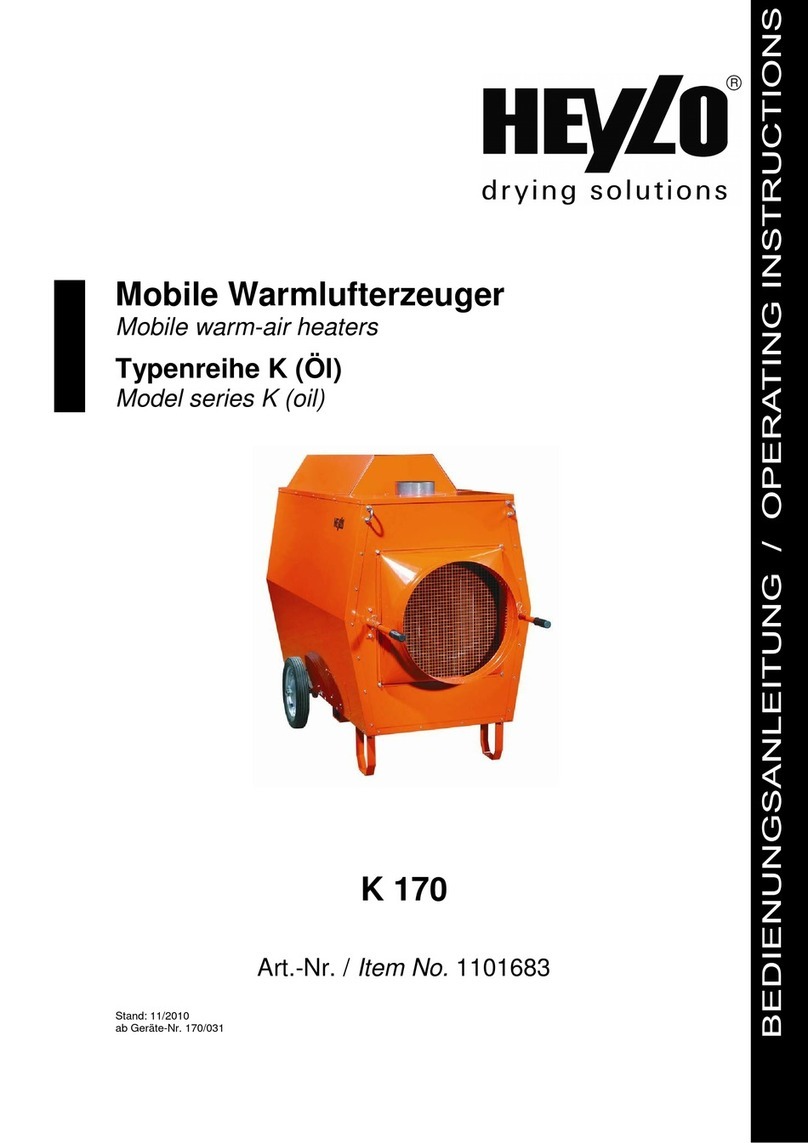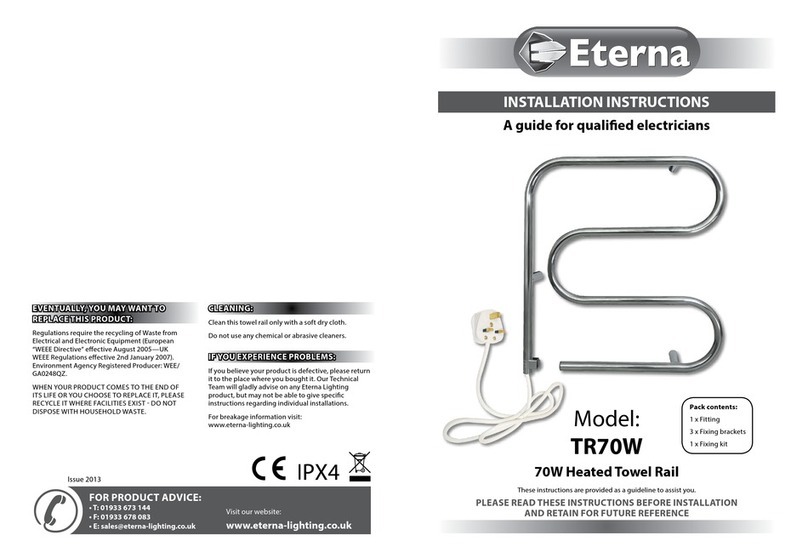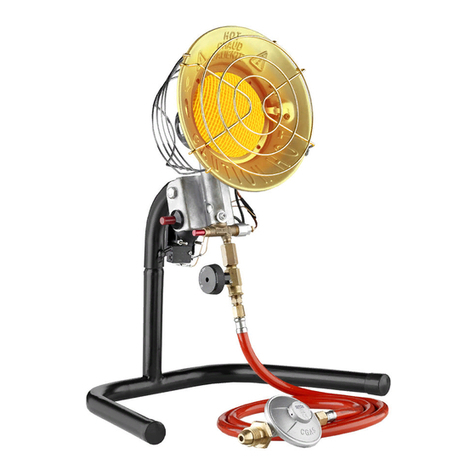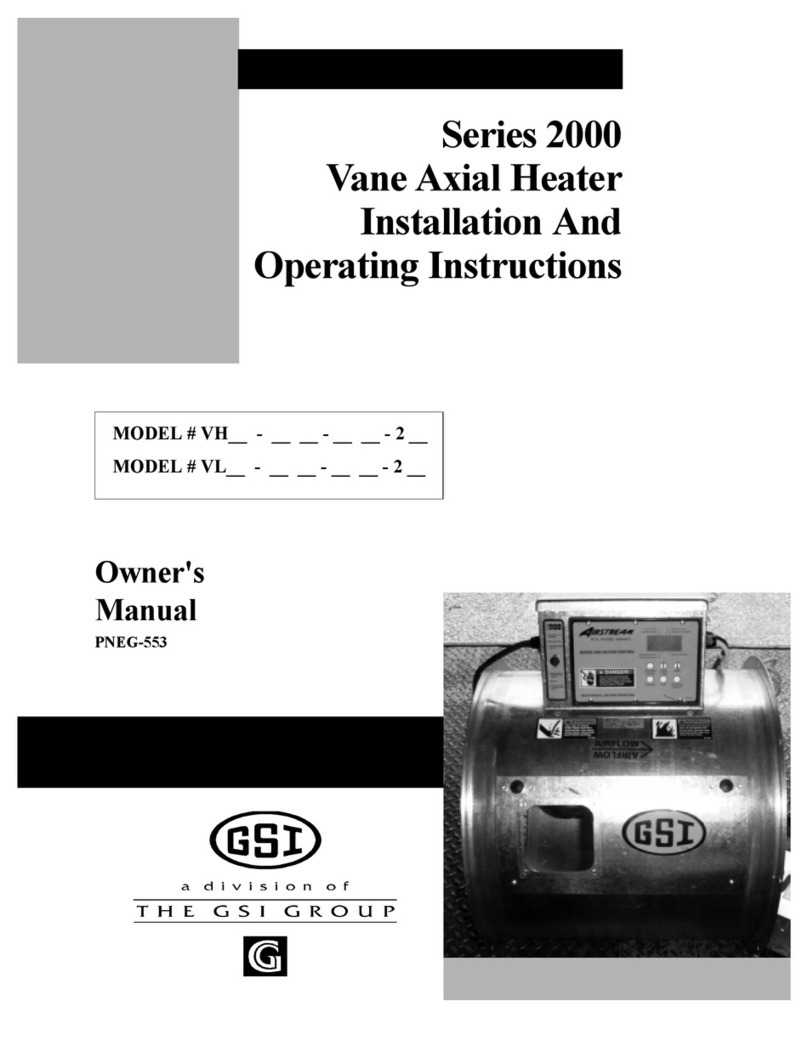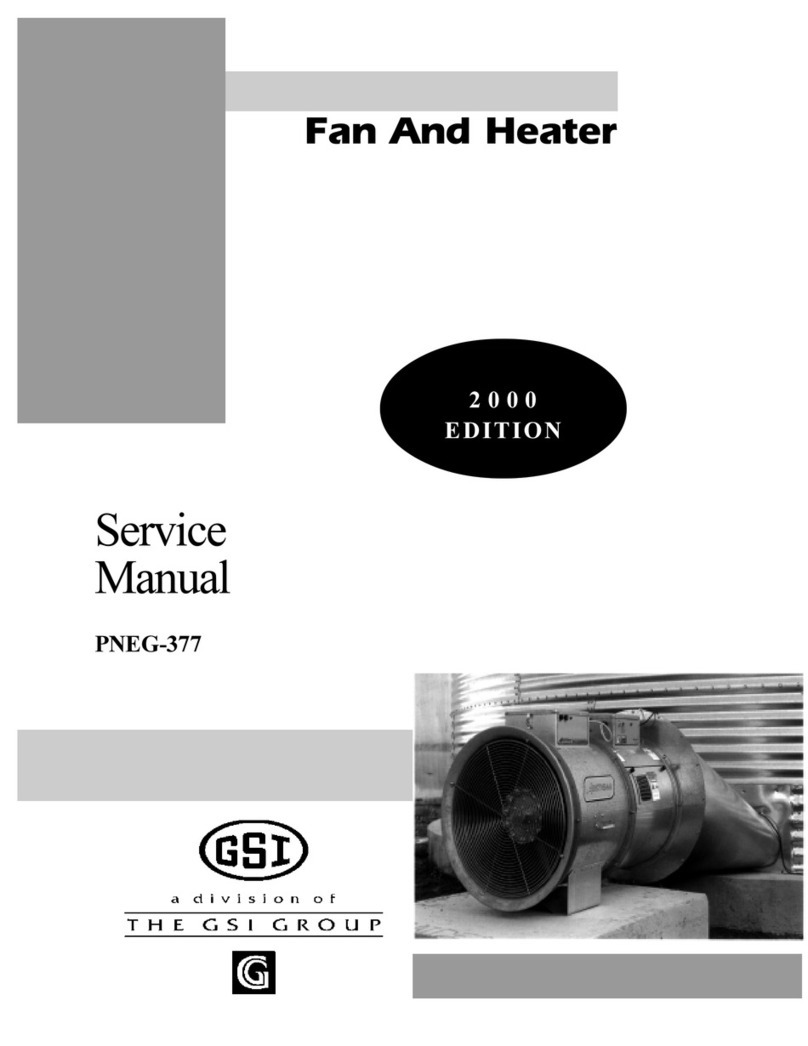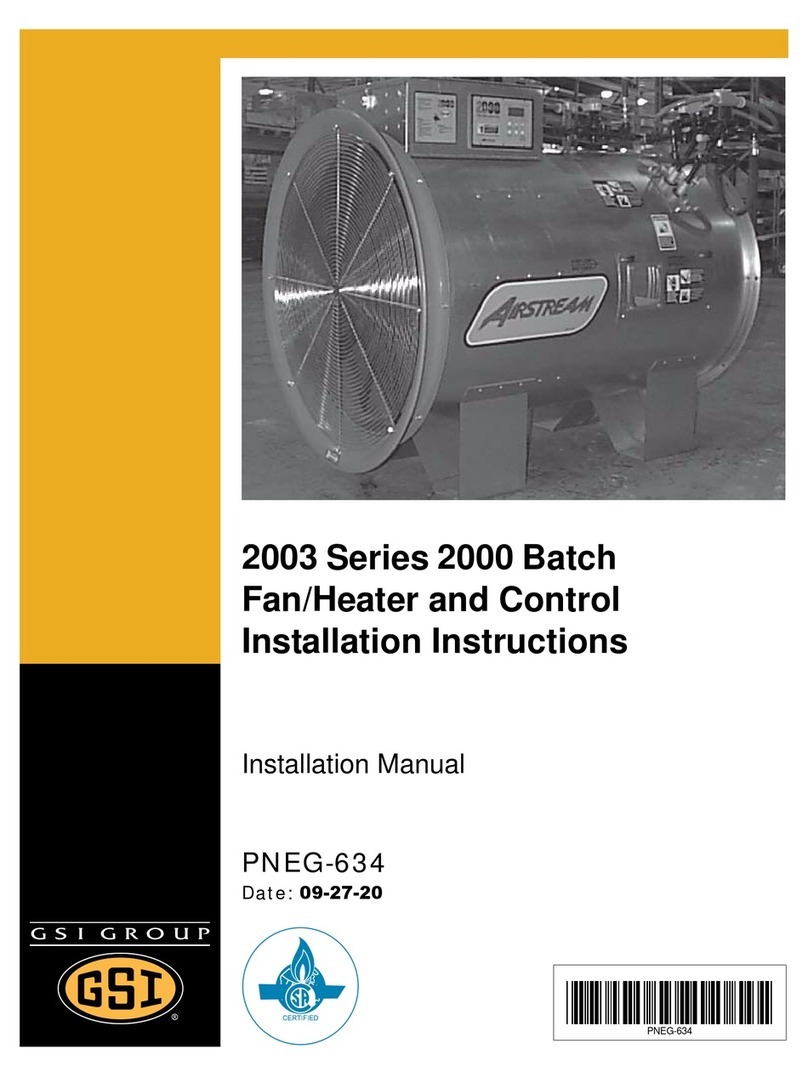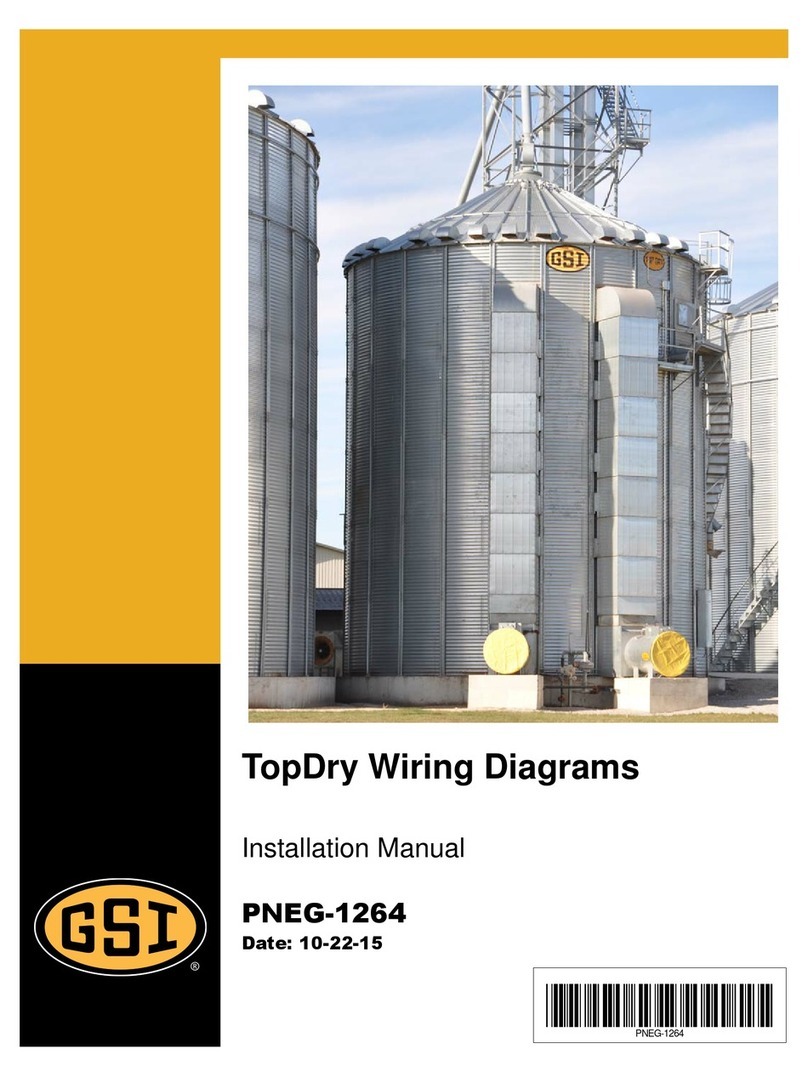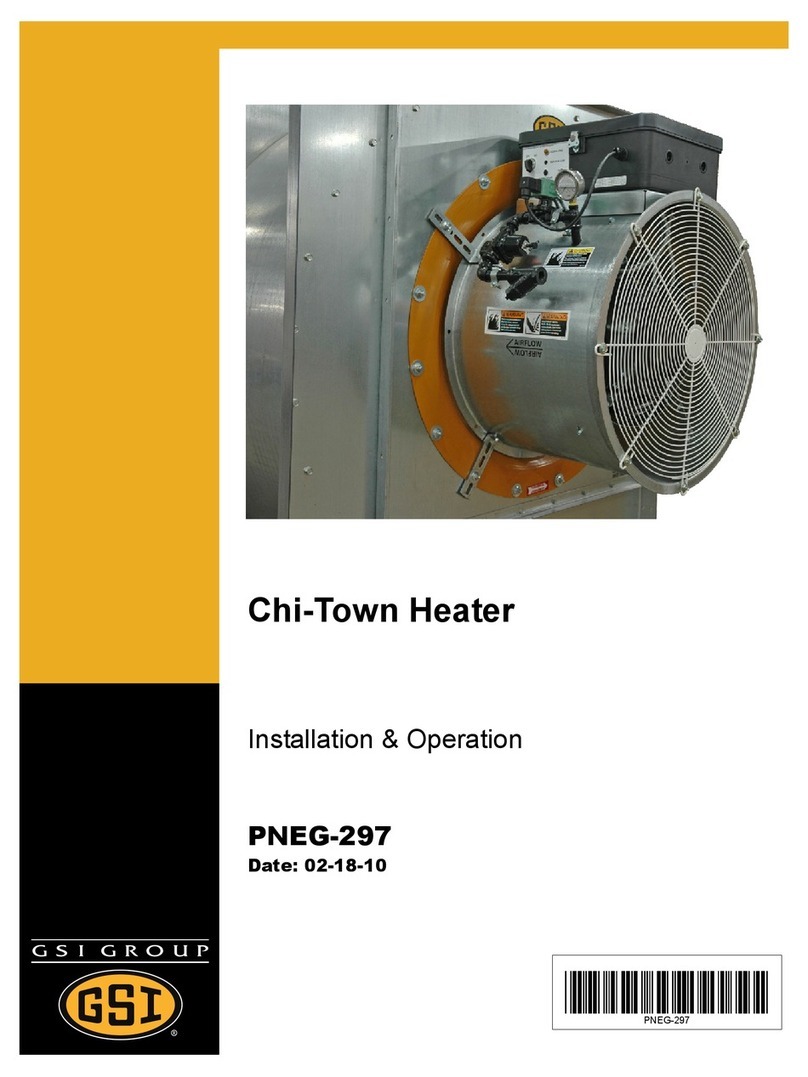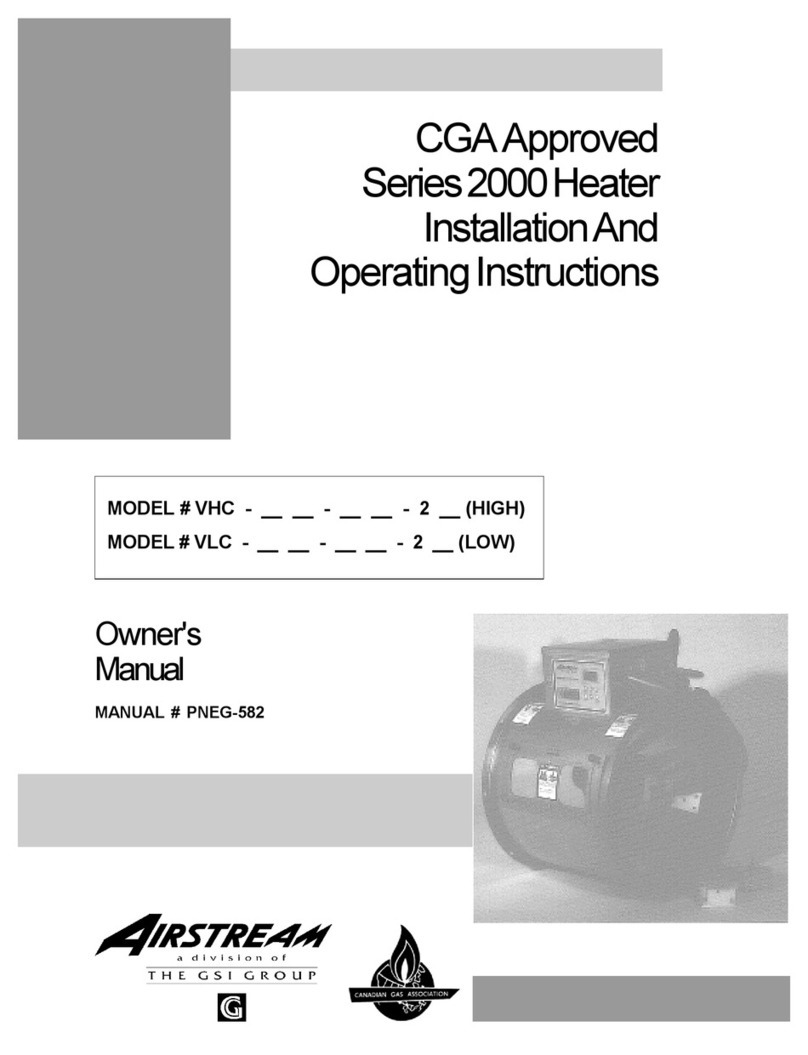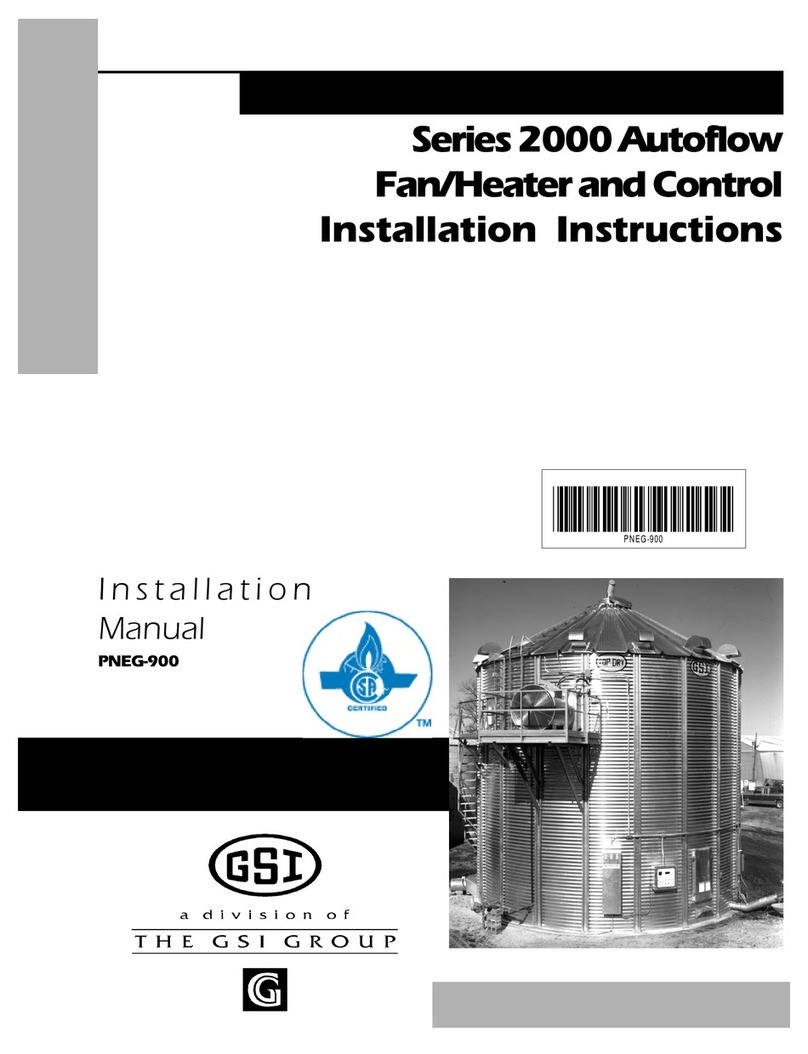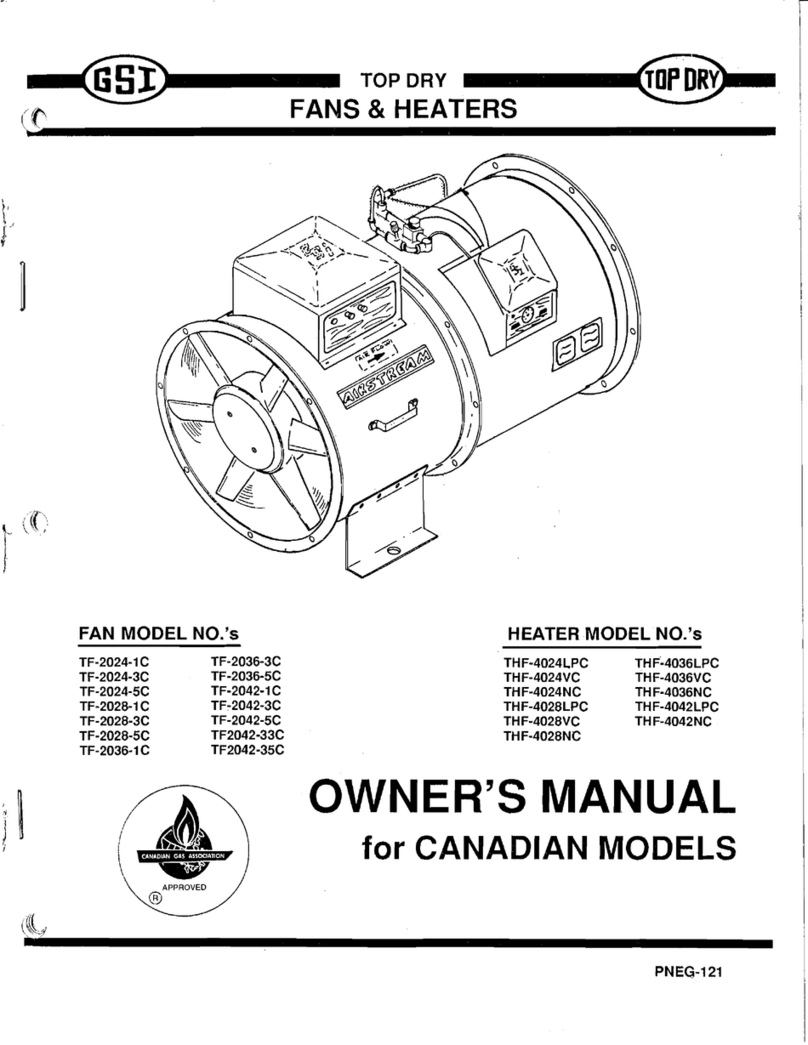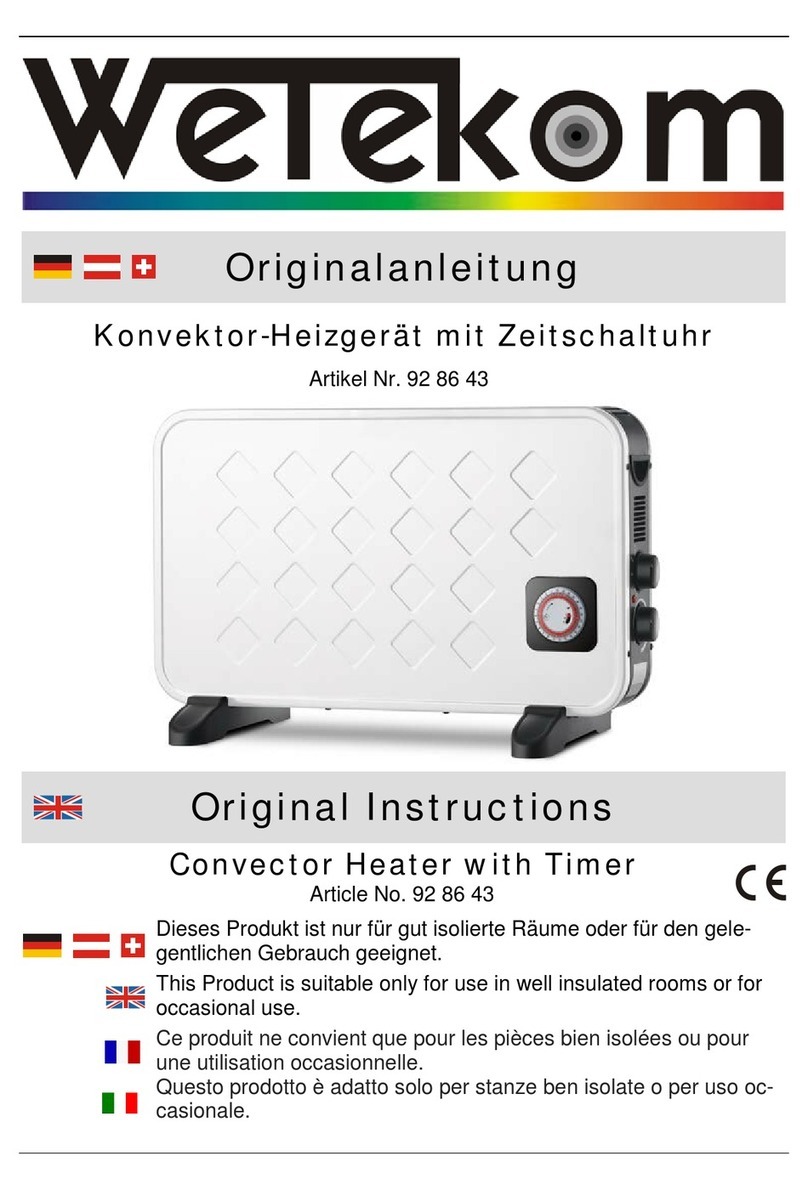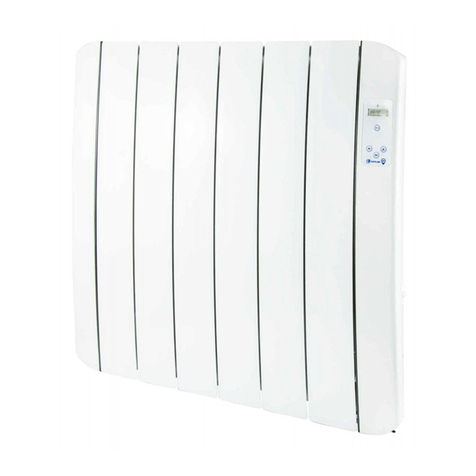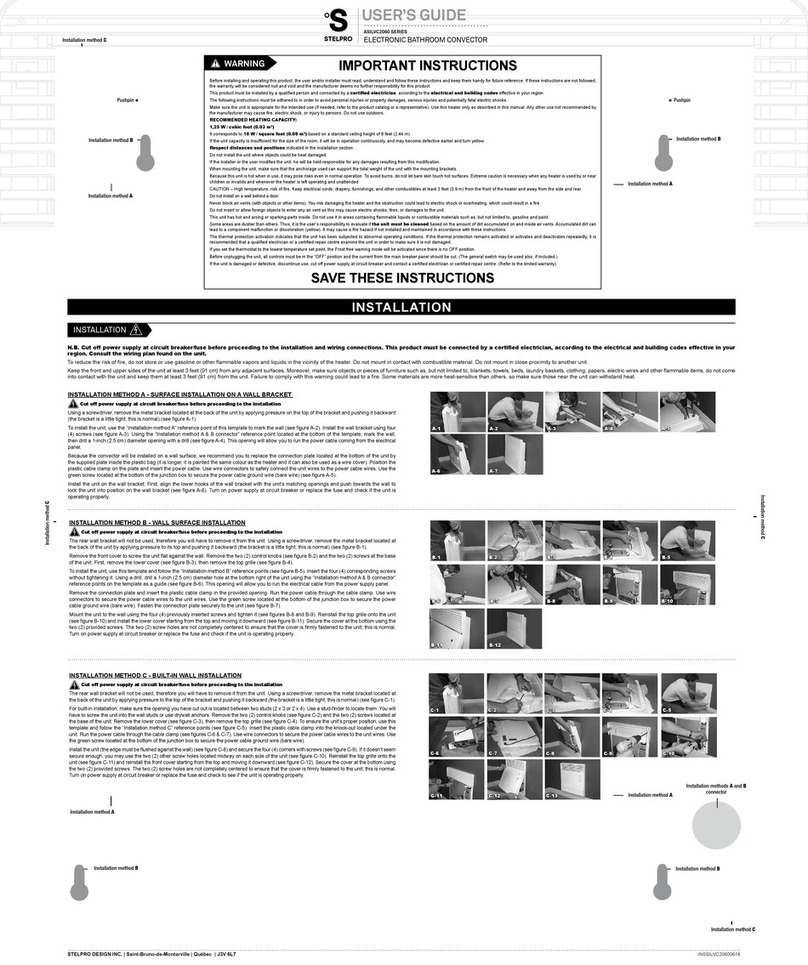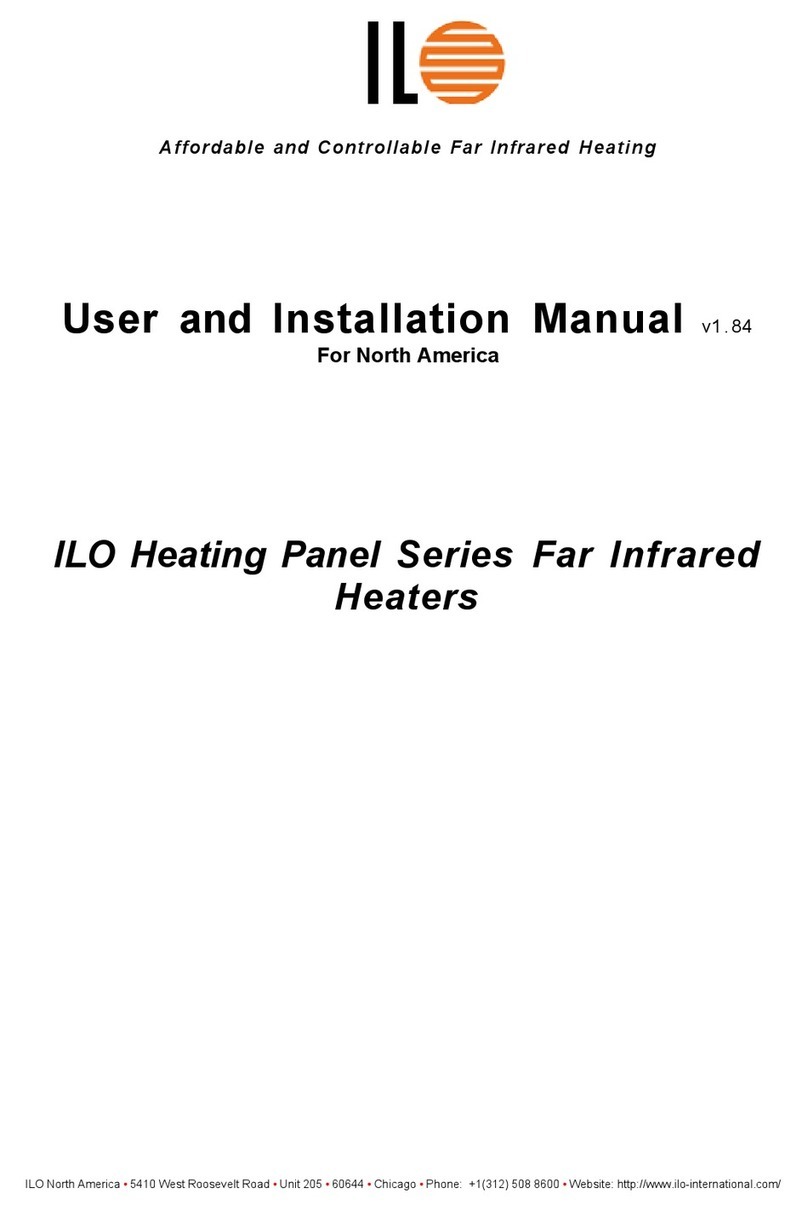
Table of Contents
PNEG-012 Vane Axial Heater 3
Contents
Chapter 1 Safety .................................................................................................................................................. 4
Safety Guidelines ............................................................................................................................... 4
Introduction ........................................................................................................................................ 5
Chapter 2 Safety Decals ..................................................................................................................................... 6
Roof Damage Warning and Disclaimer .............................................................................................. 6
Heater Access Door Decals ............................................................................................................... 7
Control Box Decals ............................................................................................................................ 8
Chapter 3 Specifications .................................................................................................................................... 9
Heater Specifications ......................................................................................................................... 9
Chapter 4 Installation ....................................................................................................................................... 10
Fuel Connection ............................................................................................................................... 10
Liquid Propane Models .................................................................................................................... 10
Propane Vapor Models .................................................................................................................... 10
Natural Gas Models ......................................................................................................................... 10
Standard Heater Electrical Installation ............................................................................................. 10
Standard Heater - Second Heater Installation ................................................................................. 12
Deluxe Heater Electrical Installation ................................................................................................ 13
Deluxe Heater - Second Heater Installation ..................................................................................... 14
Bin Configuration .............................................................................................................................. 15
Transition High-Limit Installation ...................................................................................................... 15
Plenum Thermostat Mounting .......................................................................................................... 16
Heater Setup .................................................................................................................................... 17
Chapter 5 Operation ......................................................................................................................................... 18
Operating Temperature Table .......................................................................................................... 18
Cycling Heater Operation ................................................................................................................. 18
Time Delay Operation - Standard Heater.......................................................................................... 19
High-Low Heater Operation ............................................................................................................. 20
Modulating Valve Operation ............................................................................................................. 21
Adjusting the Vaporizer .................................................................................................................... 22
BTUs per Gauge Pressure (PSI) - Propane Models (Approximate) ................................................. 23
BTUs per Gauge Pressure (PSI) - Natural Gas Models (Approximate) ........................................... 24
Chapter 6 Service .............................................................................................................................................. 25
Chapter 7 Troubleshooting - Standard Heater................................................................................................ 26
Chapter 8 Wiring Diagrams .............................................................................................................................. 27
Standard Heater Wiring .................................................................................................................... 27
Standard Heater Schematic ............................................................................................................. 28
Deluxe Heater .................................................................................................................................. 29
Chapter 9 Parts List .......................................................................................................................................... 30
Standard Heater Control Box Parts .................................................................................................. 30
Deluxe Heater Control Box Parts ..................................................................................................... 32
18" Gas Heater Parts ....................................................................................................................... 33
24", 26" and 28" Gas Heater Parts ................................................................................................... 34
18" Vapor/NG Pipe Train Assembly ................................................................................................. 36
24", 26" and 28" LP Pipe Train Assembly ........................................................................................ 37
24", 26" and 28" LP High-Low Pipe Train Assembly ........................................................................ 38
24", 26" and 28" LP Modulating Pipe Train Assembly ..................................................................... 39
24", 26" and 28" Vapor/NG Pipe Train Assembly ............................................................................ 40
24", 26" and 28" Vapor/NG High-Low Pipe Train Assembly ............................................................ 41
24", 26" and 28" Vapor/NG Modulating Pipe Train Assembly .......................................................... 42
LP Supply Pipe Train Assembly ....................................................................................................... 43
Chapter 10 Warranty ......................................................................................................................................... 45








